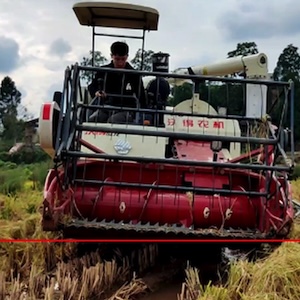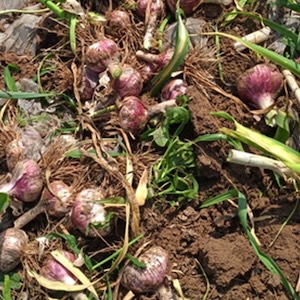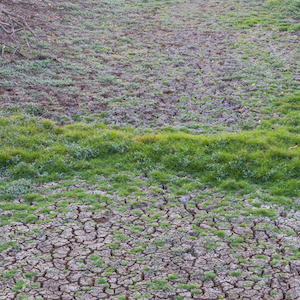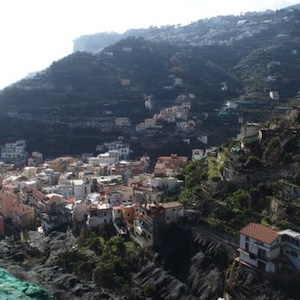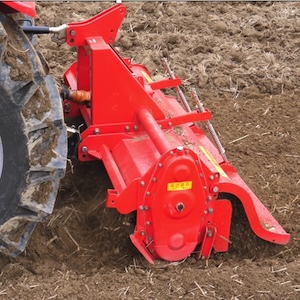Evaluating flow regime alterations due to point sources in intermittent rivers: A modelling approach
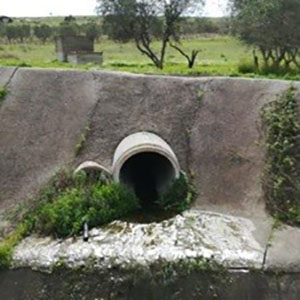
S1: 212
S2: 247
S3: 168
HTML: 52
All claims expressed in this article are solely those of the authors and do not necessarily represent those of their affiliated organizations, or those of the publisher, the editors and the reviewers. Any product that may be evaluated in this article or claim that may be made by its manufacturer is not guaranteed or endorsed by the publisher.
Authors
Hydrological regime alterations may strongly influence river morphology, water quality, and river ecosystem. The present paper aimed to define an integrated modelling framework for analysing the hydrological regime alterations induced by point sources (PSs) discharges in data-limited regions through two case studies: the Canale d’Aiedda (Italy) and Nil wadi (Algeria). Long time series of daily streamflow in un-impacted and impacted (PSs discharges) conditions were generated by applying the Soil and Water Assessment Tool model and the hydrological regime was characterised by using several hydrological indicators. Flow regime alterations due to PSs were assessed with the range of variability approach. Results showed that the PSs induced alterations of some flow regime components (magnitude, duration, and timing). Hydrological regime classification of the river reaches receiving wastewaters from PSs shifted from intermittent to perennial. All the components of the low flow (1-, 3-, 7-, 30-, and 90-day minimum flow, zero-days) and the monthly flow recorded in summer were severely altered. Minor hydrological alterations were assessed for high flow components (1-, 3-, 7-, 30-, and 90-day maximum flow) and mean monthly flow in the wet period. The timing of minimum flow was found to shift later in the year. This study may support river ecologists in the ecological status evaluation.
How to Cite

This work is licensed under a Creative Commons Attribution-NonCommercial 4.0 International License.
PAGEPress has chosen to apply the Creative Commons Attribution NonCommercial 4.0 International License (CC BY-NC 4.0) to all manuscripts to be published.
Similar Articles
- Silvio Kosutic, Daniele De Wrachien, Report on the 42nd International Symposium: Actual Tasks on Agricultural Engineering, 25-28 February 2014, Opatija, Croatia , Journal of Agricultural Engineering: Vol. 45 No. 1 (2014)
- Alessandro Toccolini, Simone Felisari, Paolo Stefano Ferrario, Design of green spaces located below the urbanised level. Themes, problems and solutions applied to a case study , Journal of Agricultural Engineering: Vol. 46 No. 4 (2015)
- Justo Garcìa Navarro, Vincenzo Giovanni Mannella, Marco Vizzarri, CONSERVATION AND ENJOYMENT OF SPANISH NATURE PARKS. A PROPOSAL FOR THE MANAGEMENT OF PUBLIC USE , Journal of Agricultural Engineering: Vol. 38 No. 3 (2007)
- Martin Thalheimer, A low-cost electronic tensiometer system for continuous monitoring of soil water potential , Journal of Agricultural Engineering: Vol. 44 No. 3 (2013)
- Alessandro D'Emilio, Simona M.C. Porto, Giovanni Cascone, Marco Bella, Marco Gulino, Mitigating heat stress of dairy cows bred in a free-stall barn by sprinkler systems coupled with forced ventilation , Journal of Agricultural Engineering: Vol. 48 No. 4 (2017)
- Edwin Andrés Villagrán, Carlos Ricardo Bojacá, Effects of surrounding objects on the thermal performance of passively ventilated greenhouses , Journal of Agricultural Engineering: Vol. 50 No. 1 (2019)
You may also start an advanced similarity search for this article.

 https://doi.org/10.4081/jae.2022.1333
https://doi.org/10.4081/jae.2022.1333





